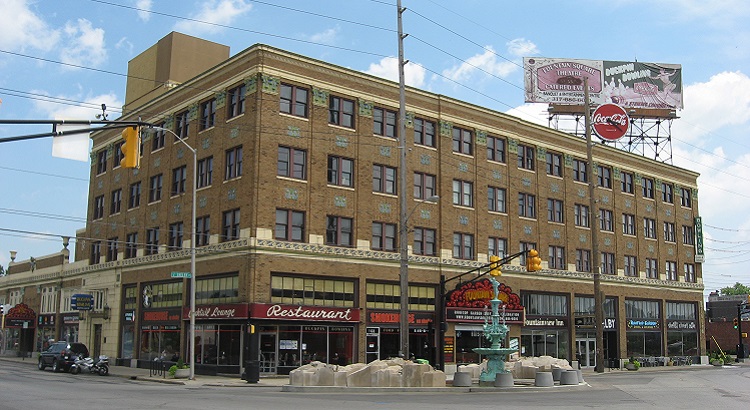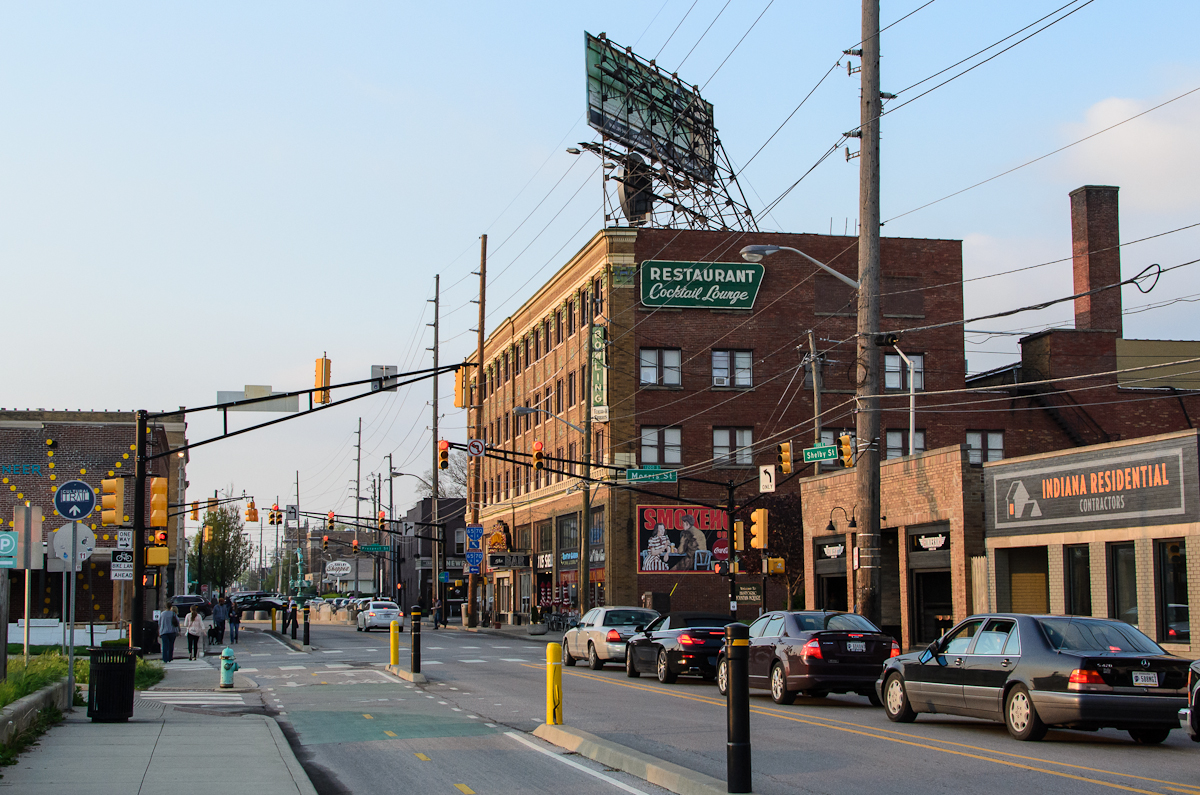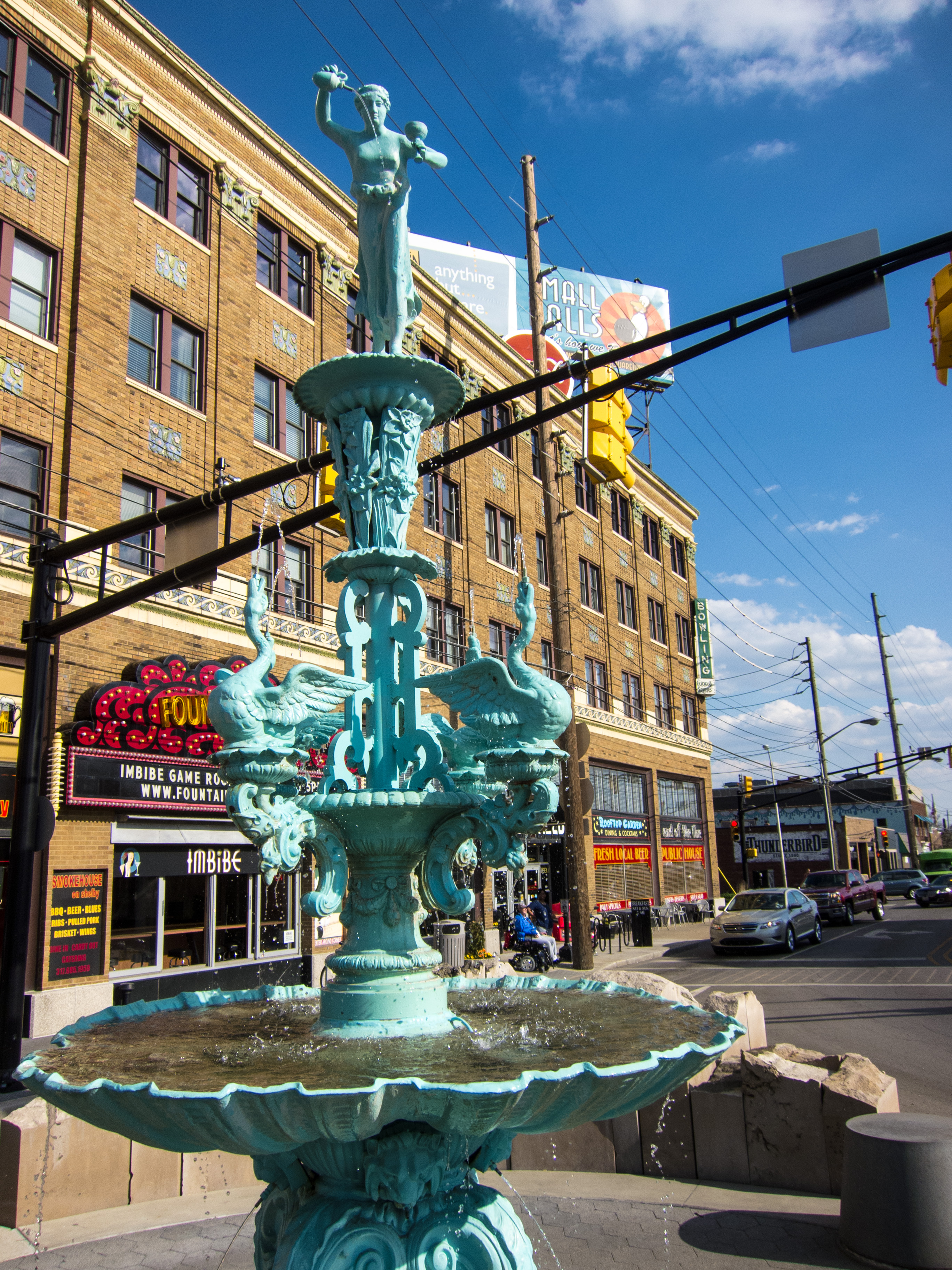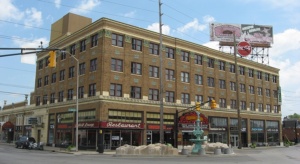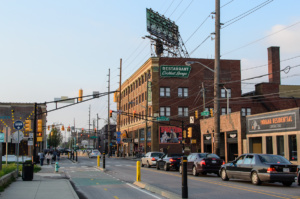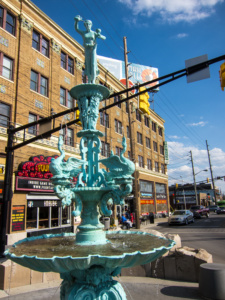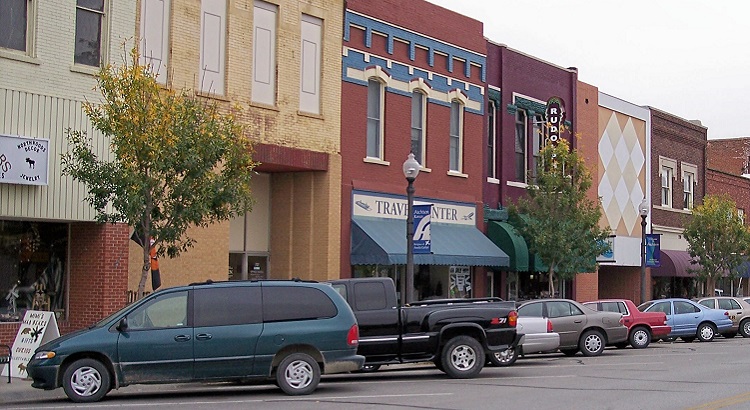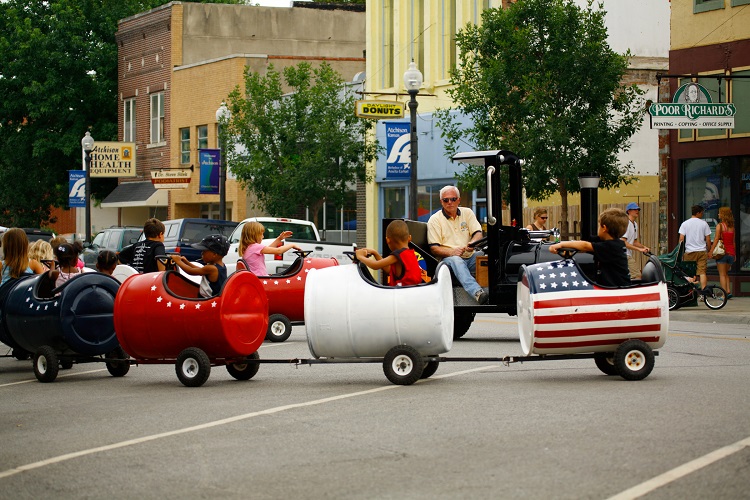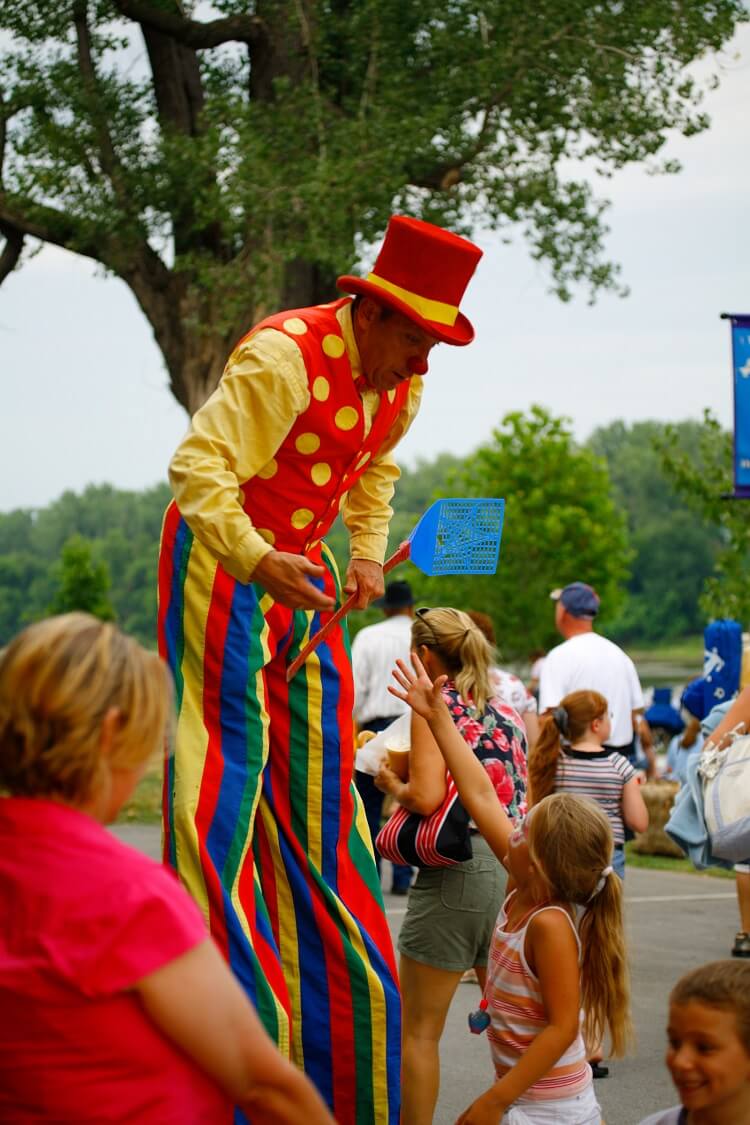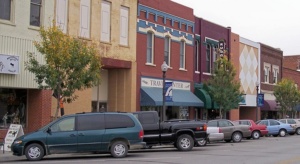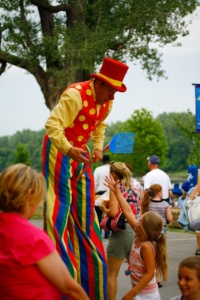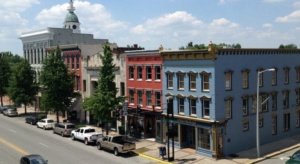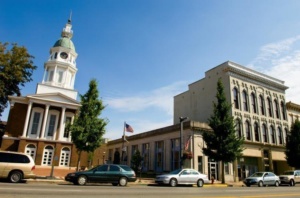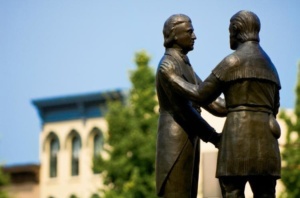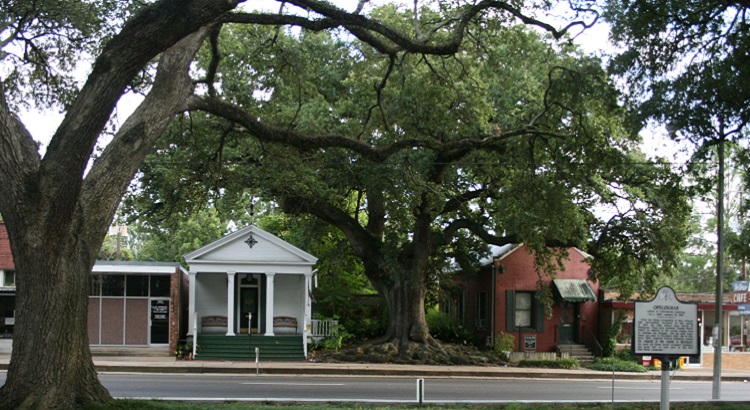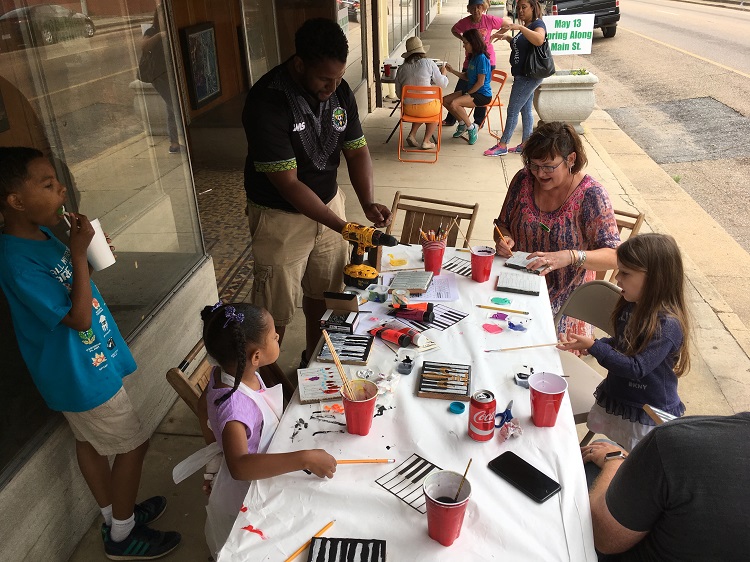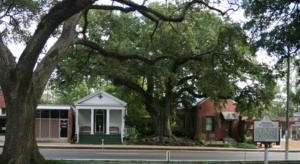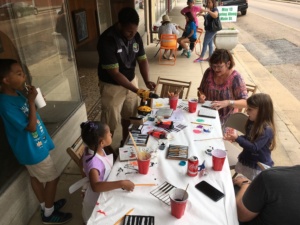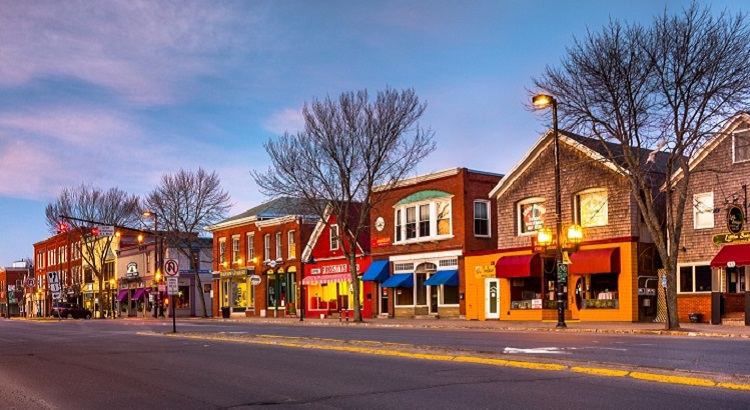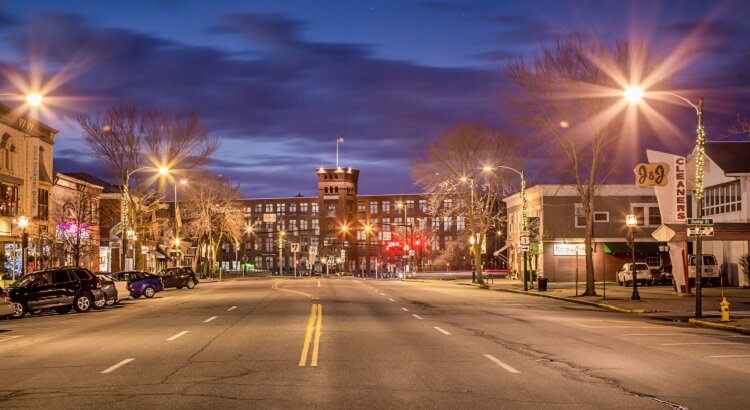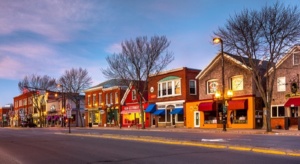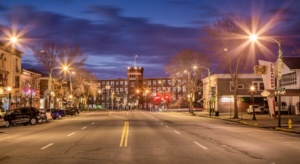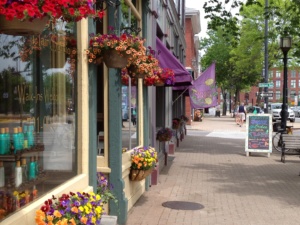Main Streets 2017: Indiana
Like many cities in the 1960s, Indianapolis lost population and businesses to the allure of the suburbs. The once-vibrant Fountain Square, where Virginia Avenue and Prospect and Shelby Streets intersect, was dubbed “the lost little valley,” its bowling alley shuttered, the fountain forlorn.
Perhaps no one would have believed that a key to revitalizing part of this neighborhood, a mile and a half from the city center, was the reintroduction of a game invented in 1900 and loved by Babe Ruth. Not baseball — duck pin bowling. In 1994, a local businessman rediscovered and bought the Fountain Square Theatre, a dilapidated gem from the 1920s that he restored and reopened, complete with dance hall and vintage duck pin bowling alley. Local people began to visit the neighborhood again. More businesses followed, and even the fountain got restored.
Today’s Fountain Square is more popular than ever, a haven for artists where poets, painters and performers compete to claim one of the neighborhood’s new housing units. One of Fountain Square’s most anticipated events is the annual Art Squared, where artists create new works around the square in “Masterpiece for a Day,” local artists offer work for sale in the Fountain Square Art Fair, and the day wraps up with the Art Parade. If you’ve never seen art paraded around a town square, this is not to be missed.
The Fountain Square Music Festival is a two-day October event centered on the square, with over 50 performers performing on the main stage and in club venues a block or less away. Visitors enjoy pre- and post-concert meals in the area’s many restaurants, featuring the cuisines of Peru, Mexico, Greece and China. Indianapolis has always welcomed immigrants, and continues to celebrate its cultural diversity.
Linking Fountain Square with the city’s five other designated “cultural districts” is the Indianapolis Cultural Trail, an eight-mile path for bicyclists and pedestrians that’s highlighted by public art installations. Even the trail is art, in part. When planners wondered what to do with a dark stretch through a covered parking lot, their solution was to embed purple lights in the trail’s bricks that twinkle, illuminate and turn off when the walker leaves the area.
“Surrounding neighborhoods, including Fletcher Place and Holy Rosary, add to the vibrant life on the trail between Downtown and Fountain Square,” notes the square’s website. Explore it all by walking, or rent a “Pacers Bikeshare” bicycle from one of the neighborhood kiosks. You won’t be sorry you did.
Photo credits (L-R) – Nyttend, Jim Grey, MCC Indianapolis
Indianapolis, IN is home to two 2016-17 LifeChangers: Lisa Johnson and Elizabeth Rothrock
